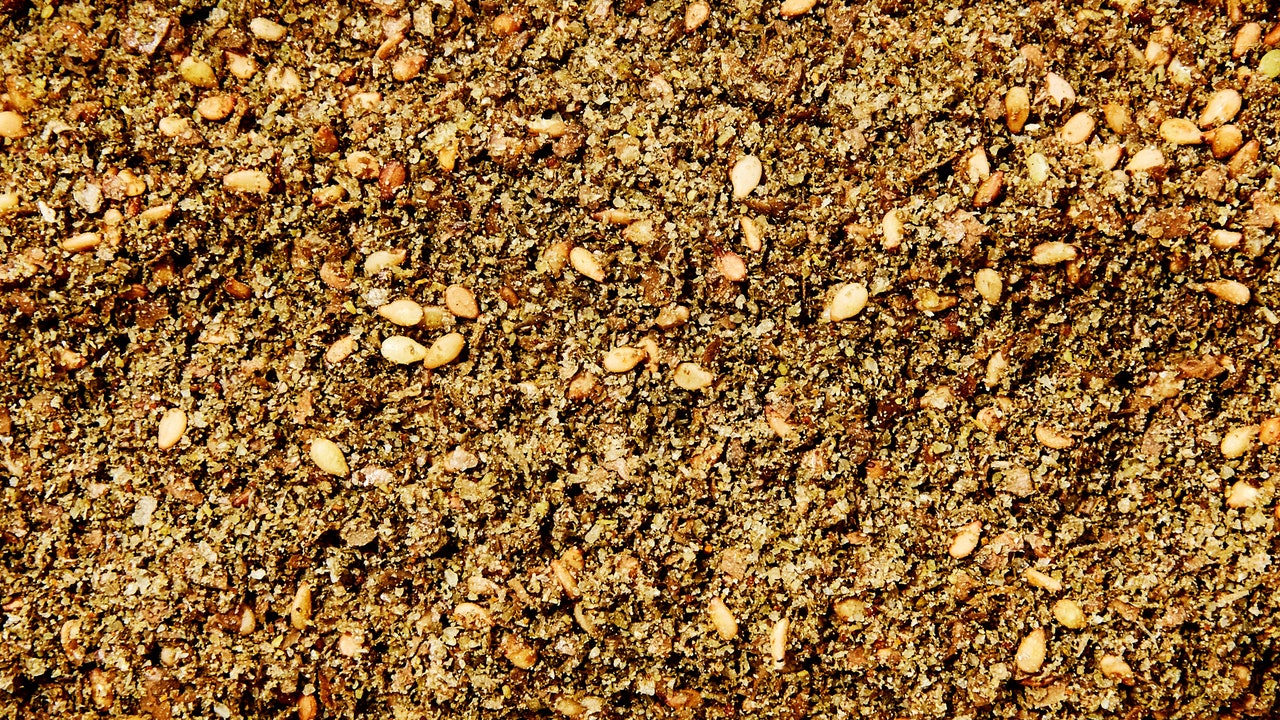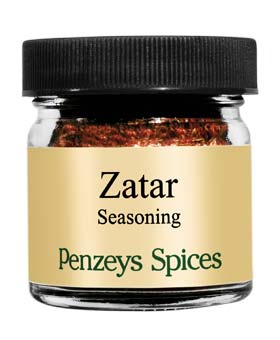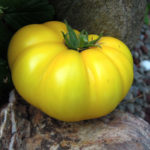It is a wrap for me this year, with no harvest other than wisdom. I will take it. I went after the leaf mold aggressively with hydrogen peroxide at 1:16 daily after pruning aggressively, stepped up to 1:8, kept losing, and finally just whacked the plants to keep them from polluting the rest of the garden. My wife is growing grape tomato this year that seem to be leaf mold resistant, but I don't see a good reason to test her plants any further. With daily hydrogen peroxide treatments I had grey/black spores forming on the undersides of the leaves on my Amish Paste, that lined up good with the light green/ yellow spots on the upper sides of the leaves.
I am planning to run 4 containers next year, two with a leaf mold resistant hybrid like maybe Early Girl, and two more Amish Paste. Next step for me is to take the two containers I have to the dump, ditch the dirt and run high level disinfection on the containers. If I can get that done fast enough I will see about new dirt and a cover crop of clover to get some nitrate bacteria in the soil this summer, but I am not sure the bacteria will overwinter outdoors. I may end up doing clover and corn in these two containers next year as a bacteria fixer and leaf mold blocker.
A new to me concept is "Growing Degree Days" at base temp +50dF. I know all about "Heating Degree Days," Fairbanks has about 13,000 of those annually. I am not clear on if I get extra credit for having lots of daylight in the summer. In general, Fairbanks is rated as having 850 growing degree days between last and first frost with 'tomato' in general requiring 1300 growing degree days.
I think I had a fair shot at bringing the Amish Paste in until the leaf mold got me. As of July 9 my plants were 30-32 inches tall (36-48 expected for the determinate variety), and they looked nitrogen deprived to
@Woodsplitter67 based on a picture on the internet. First frost Sept one. And I had the second truss available for pruning on July 9. The way they were going I think they might have reached 36" about July 20 or so with 41 days left before first frost to make trusses, pollinate, set fruit and ripen fruit. They might have needed some help in late August, I usually light my wood stove in the 20's of August, but there was hope to have a decent harvest.
Next year, different,
1) I will stick seeds in the dirt around mid April instead of early April, and keep them indoors until overnight lows are are forecast above +50dF. We had an overnight low of +43dF on June 1 after I transplanted and I think the cold stress slowed them down; they didn't do jack doodle for about two weeks after transplant.
2) Next year I will start spraying them down with with hydrogen peroxide at 1:16 about a week before transplant. The plants tolerated it fine, even 1:8 for a few days right on the terminal bud, but H2O2 only works on fairly mild infestations. For me.
3) More nitrogen sooner. I got nine months to read up on this. Not sure how many gallons of compost tea I can fit in the garage over the winter, but that is how may gallons I will make and feed.
4) Prune for airflow. I was trying to keep leaves and branches for root development, probably should have pruned more and sooner. Recently found "the canadian gardener" on you tube. She is a soil scientist, but doesn't apologize for growing good cannabis either. Her tomato look pretty desirable. Next year I will prune in the 'lollipop' manner.
5) I am going to do bacteria inoculated charcoal bits annually. To me soil is an organism and not a material. After winter in Alaska, I am starting with a material every May that needs to become an organism in 3-4 weeks.
With gardening out of the way for this summer, I shall undertake canning tomato from Kroger this weekend - God help me.
![[Hearth.com] 2022 Garden Thread [Hearth.com] 2022 Garden Thread](https://www.hearth.com/talk/data/attachments/297/297047-f29075836e92e2d1d1c5e642ea5f6230.jpg?hash=J3SBlwToXb)


![[Hearth.com] 2022 Garden Thread [Hearth.com] 2022 Garden Thread](https://www.hearth.com/talk/data/attachments/296/296937-058db83d7b33409f279c0676e2637d39.jpg?hash=7heTFxyLLf)
![[Hearth.com] 2022 Garden Thread [Hearth.com] 2022 Garden Thread](https://www.hearth.com/talk/data/attachments/296/296947-39ee1788024c54388168b4ce2ecdd149.jpg?hash=ctsRRh8VBb)
![[Hearth.com] 2022 Garden Thread [Hearth.com] 2022 Garden Thread](https://www.hearth.com/talk/data/attachments/296/296948-248f0b3ab485f059454b66ddc6940d07.jpg?hash=eeYTzUO3tL)
![[Hearth.com] 2022 Garden Thread [Hearth.com] 2022 Garden Thread](https://www.hearth.com/talk/data/attachments/296/296950-7cb8519bce33a42d25b68a7e3a9a1ad9.jpg?hash=WmVeThkrFE)
![[Hearth.com] 2022 Garden Thread [Hearth.com] 2022 Garden Thread](https://www.hearth.com/talk/data/attachments/296/296949-d9caae2f165b38c6a6ef5279002d397a.jpg?hash=pboPezG9dM)
![[Hearth.com] 2022 Garden Thread [Hearth.com] 2022 Garden Thread](https://www.hearth.com/talk/data/attachments/296/296951-78b0272e700a080f5cac648e1ad2732c.jpg?hash=0boxEHSGwX)
![[Hearth.com] 2022 Garden Thread [Hearth.com] 2022 Garden Thread](https://www.hearth.com/talk/data/attachments/296/296952-53d3fada1d70f1f8abb957991052015f.jpg?hash=F3c8pKvd1b)
![[Hearth.com] 2022 Garden Thread [Hearth.com] 2022 Garden Thread](https://www.hearth.com/talk/data/attachments/296/296953-f4db725aad880b465efda5c4b628cb36.jpg?hash=JNQVdHFE7K)
![[Hearth.com] 2022 Garden Thread [Hearth.com] 2022 Garden Thread](https://www.hearth.com/talk/data/attachments/296/296954-37be5dccf0599c2aa41b577d96a45e77.jpg?hash=UwyUjUfSuv)
![[Hearth.com] 2022 Garden Thread [Hearth.com] 2022 Garden Thread](https://www.hearth.com/talk/data/attachments/296/296955-13bbe1dce201d05dfecd4d5441c52e5f.jpg?hash=acz6uOr5wx)


![[Hearth.com] 2022 Garden Thread [Hearth.com] 2022 Garden Thread](https://www.hearth.com/talk/data/attachments/296/296979-2a84a1527d3def554f154058b053c23f.jpg?hash=RM5yf6U7M-)
![[Hearth.com] 2022 Garden Thread [Hearth.com] 2022 Garden Thread](https://www.hearth.com/talk/data/attachments/296/296980-cdc2e580c91a5d16c8adb73ccc0f1bde.jpg?hash=EFZaYfV6Ke)
![[Hearth.com] 2022 Garden Thread [Hearth.com] 2022 Garden Thread](https://www.hearth.com/talk/data/attachments/296/296982-1eaa282abe745a615285700b84346ae0.jpg?hash=FO6_nkKhwe)
![[Hearth.com] 2022 Garden Thread [Hearth.com] 2022 Garden Thread](https://www.hearth.com/talk/data/attachments/296/296981-45cd410fe28faf7193fecbfb3992f9ea.jpg?hash=BOG3vcSvlg)
![[Hearth.com] 2022 Garden Thread [Hearth.com] 2022 Garden Thread](https://www.hearth.com/talk/data/attachments/297/297014-cc172b347247484927b7eb1d7bf0cf38.jpg?hash=AsOc4v0kEC)
![[Hearth.com] 2022 Garden Thread [Hearth.com] 2022 Garden Thread](https://www.hearth.com/talk/data/attachments/297/297015-58eb39be2487a151db3c9ce03753a4ab.jpg?hash=4tAlESOOP0)

![[Hearth.com] 2022 Garden Thread [Hearth.com] 2022 Garden Thread](https://www.hearth.com/talk/data/attachments/297/297018-4e2bd4868282783ad05deb1692012893.jpg?hash=mW_UiPmc4Q)
![[Hearth.com] 2022 Garden Thread [Hearth.com] 2022 Garden Thread](https://www.hearth.com/talk/data/attachments/297/297019-0e90d3a776b8cbac2df20df28e459df1.jpg?hash=RYgFNgqnAu)
![[Hearth.com] 2022 Garden Thread [Hearth.com] 2022 Garden Thread](https://www.hearth.com/talk/data/attachments/297/297047-f29075836e92e2d1d1c5e642ea5f6230.jpg?hash=J3SBlwToXb)